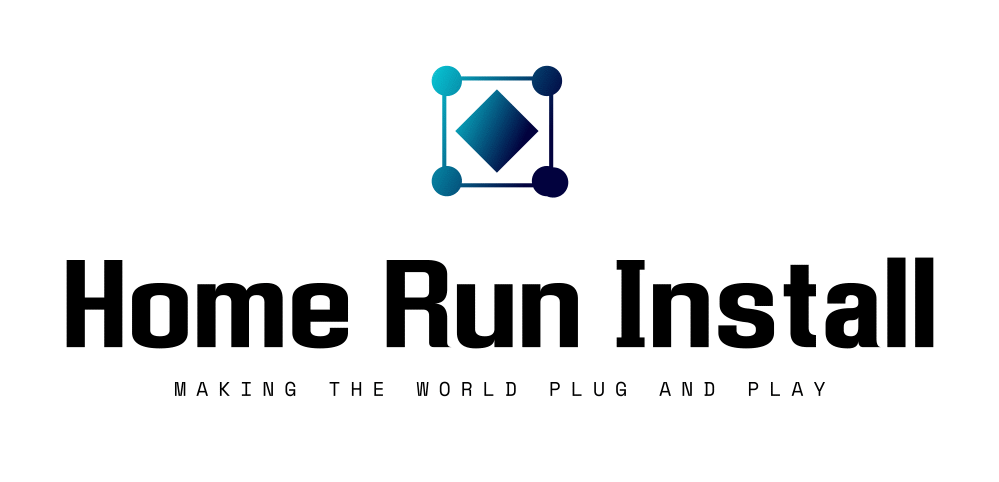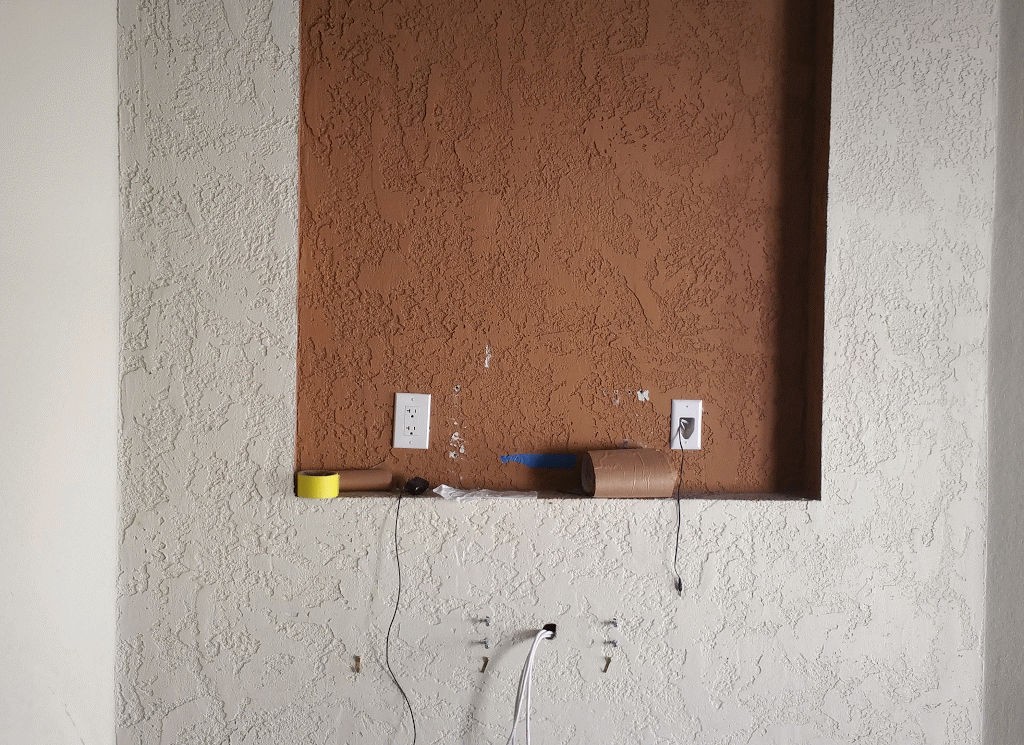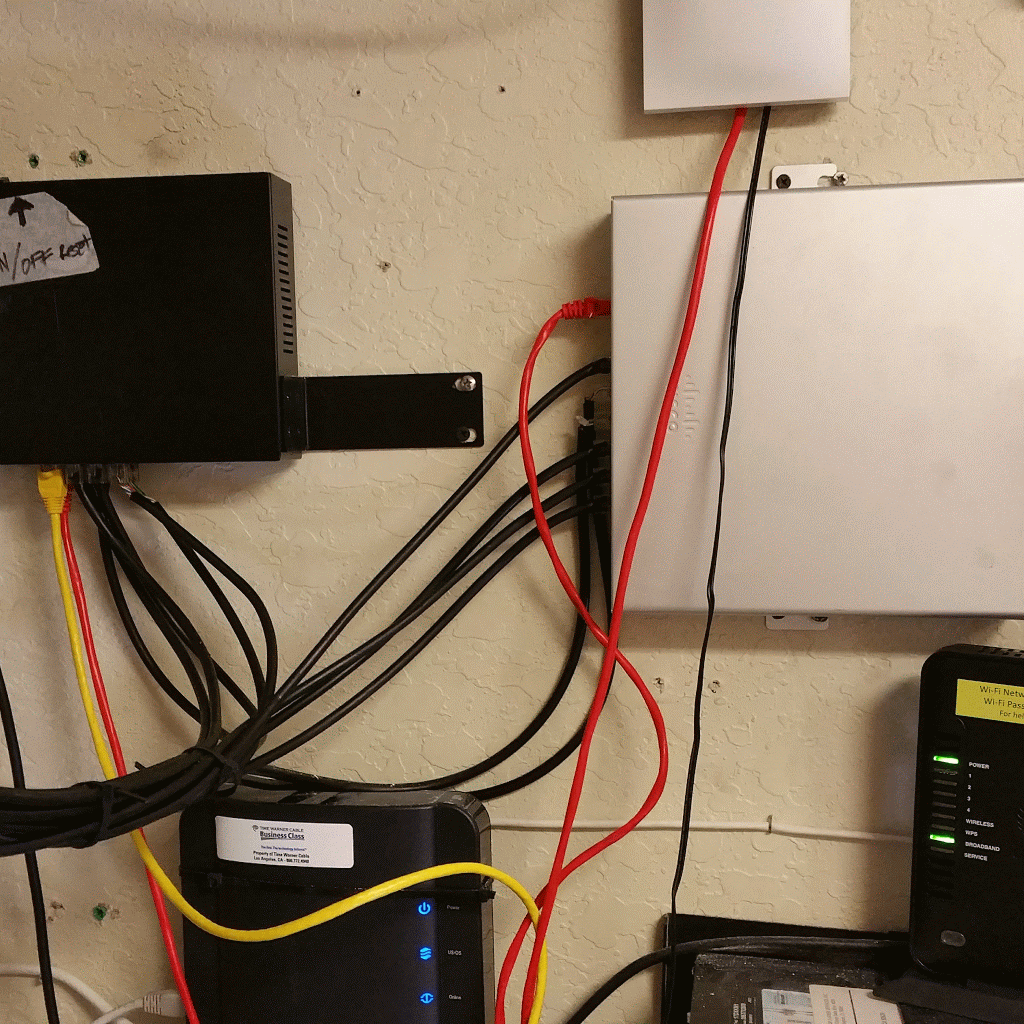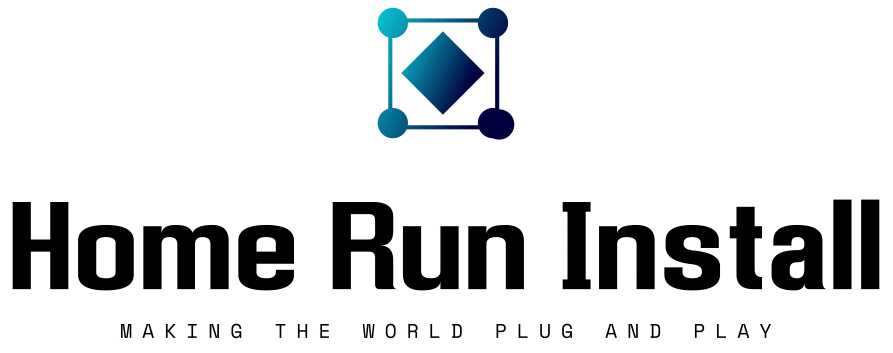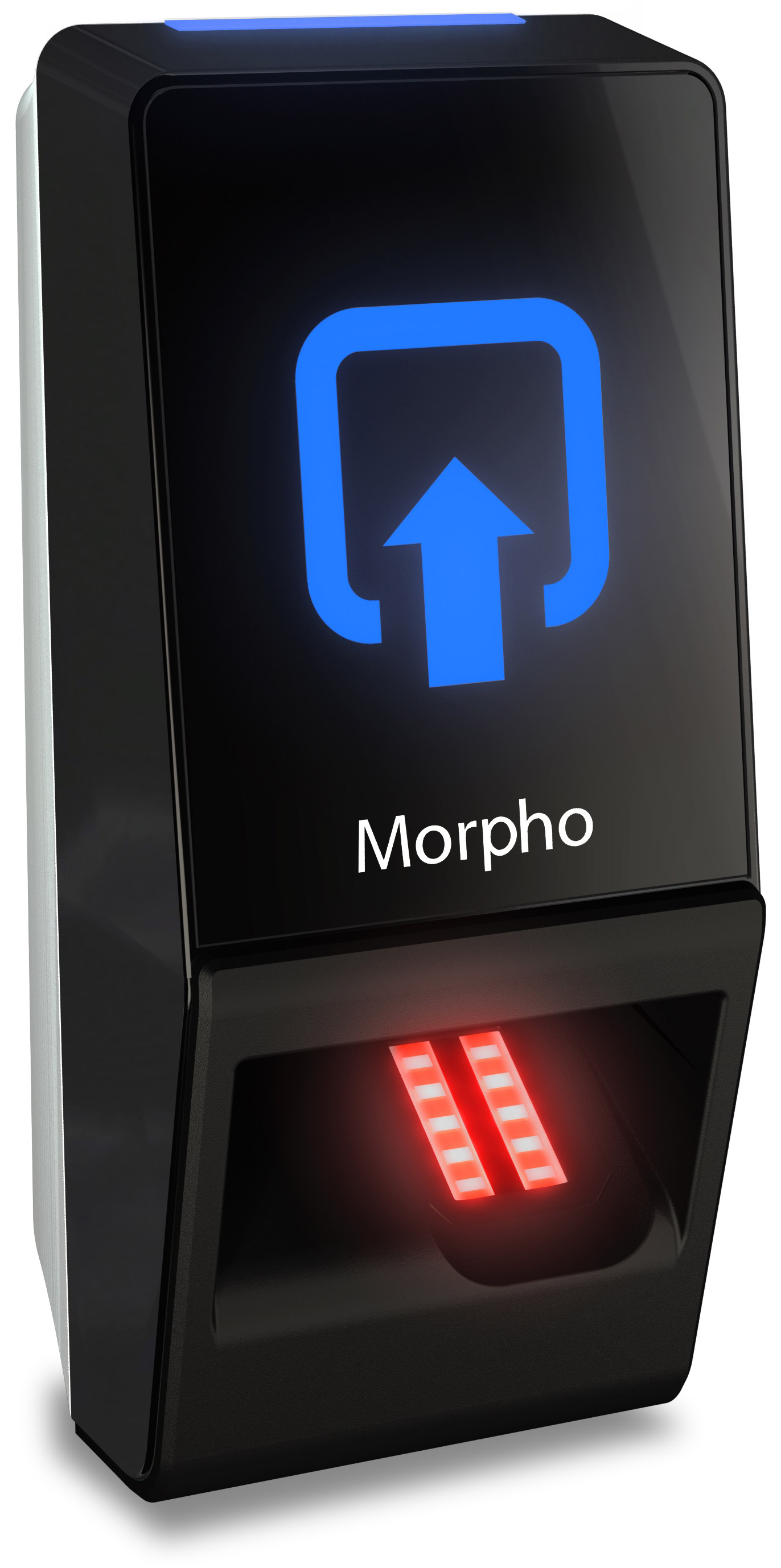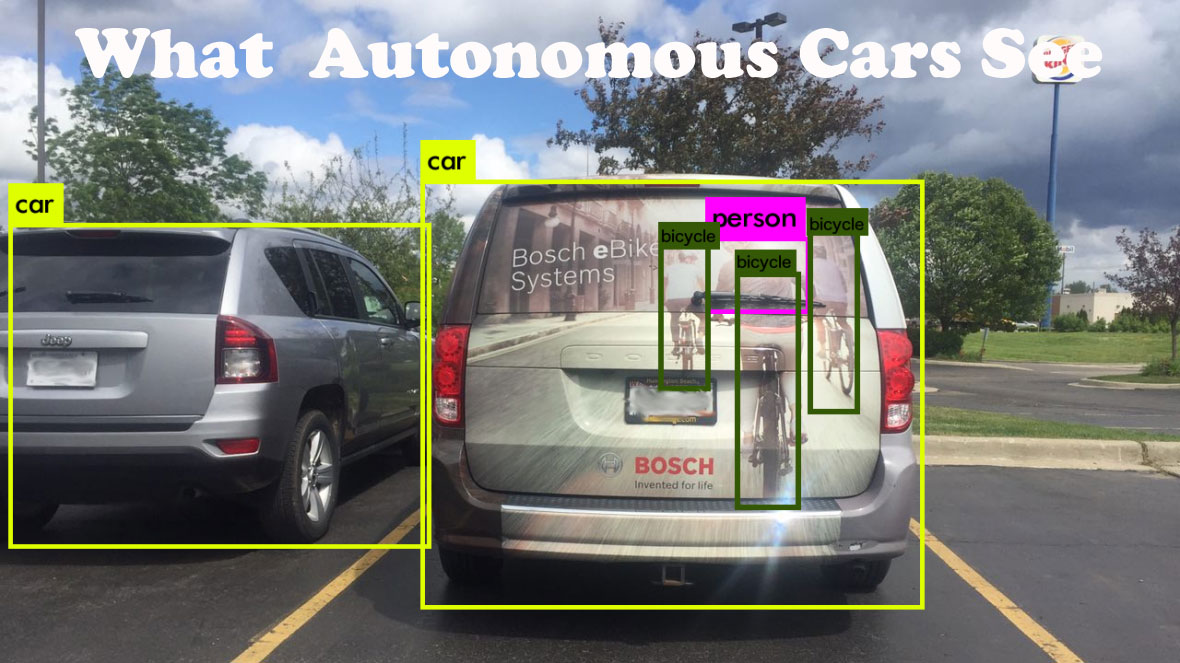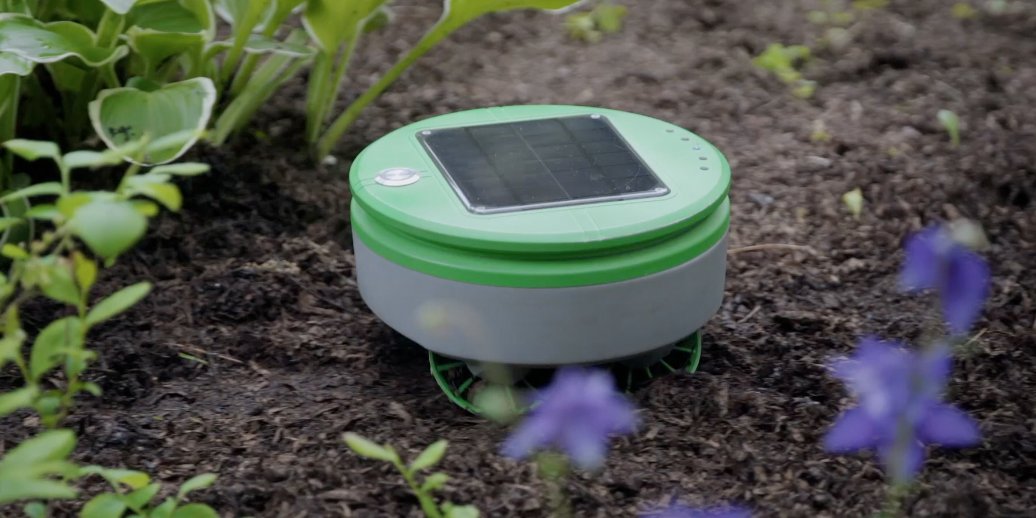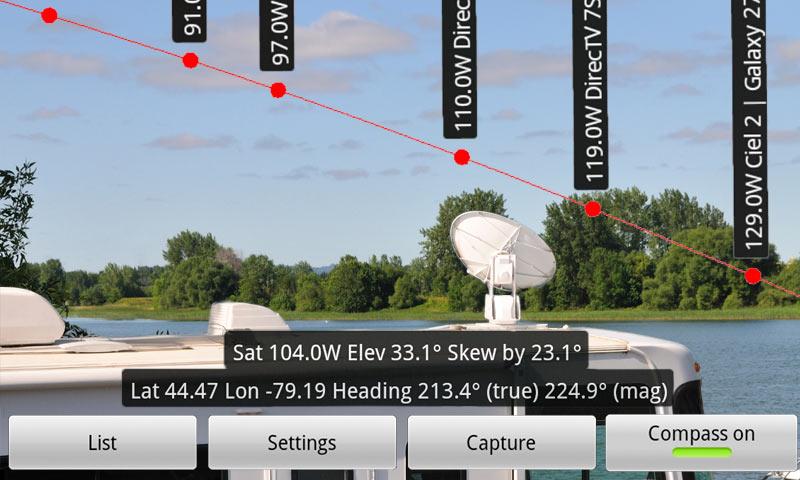Installing Biometric Scanner for PCI Compliance
MorphoAccess SIGMA Lite Biometric Scanner.

Mount Scanner Hardware and locking solenoid to IT cabinet.

Cross connect Bio-Scanner Relay leads to solenoid lock. Use separate 12VDC or 24VDC power supply to drive solenoid lock.


Connect PoE/data source to bio-scanner.

Configure Bio-Scanner with Morpho Manager software.

Setup test user for finger print scanner test.


If the scanner does not engage solenoid lock, check the following:

Apple sees a future with iGlasses (and also loves patents!)
Apple has been known recently as a patent troll. They have been flaunting their patents all over the world. Some patents are considered by many as completely absurd. Take ‘Slide to unlock’ as an example. They say that they are the first to invent such a method of unlocking anything. They also filed patents for a rectangular device with a black bezel and a rectangular screen at its center. Pretty much the whole look of the iPad, and any tablet they see that competes with it.
Look out Vegeta you are next!
Read more…
Source: Apple sees a future with iGlasses (and also loves patents!)
Move over Rosie, the world’s first fully-automated and intelligent cooking robot is here!
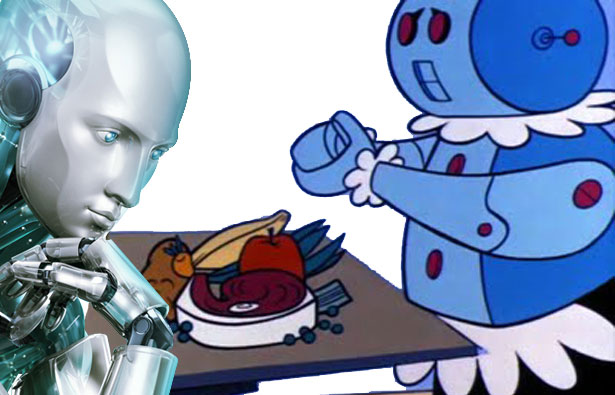
Moley Robotics has created the world’s first fully-automated and intelligent cooking robot. It learns recipes, cooks them and clears up after itself! It can mimic the actions of a master chef precisely, bringing a variety of delicious dishes, cooked to world-class standards to the domestic kitchen and other food preparation areas. The system comprises a full suite of appliances, cabinetry, safety features, computing and robotics.
Moley is turning the dream of unlimited access to chefs and their recipes worldwide into reality, with the option of the robot creating their dishes for you; producing meals from around the world or even cooking your own recipes and sharing them with others all in your own home.
Over the past two years Moley has been focused on technology development, harnessing and coordinating the global resources. A philosophy is concentrated on the resources on the design research and build activity means the organization will have unconventional, stripped down, technology bias to it just a team run by Mark Oleynik supported by a committed team of the most advanced robotics companies, industrial designers, kitchen manufacturers and others.
Why Self-Driving Cars Come Loaded with Many Types of Sensors

Autonomous cars often proudly claim to be fitted with a long list of sensors—cameras, ultrasound, radar, lidar, you name it. But if you’ve ever wondered why so many sensors are required, look no further than this picture.
You’re looking at what’s known in the autonomous-car industry as an “edge case”—a situation where a vehicle might have behaved unpredictably because its software processed an unusual scenario differently from the way a human would. In this example, image-recognition software applied to data from a regular camera has been fooled into thinking that images of cyclists on the back of a van are genuine human cyclists.
Source: This Image Is Why Self-Driving Cars Come Loaded with Many Types of Sensors – MIT Technology Review
The inventor of the Roomba has created a weed-slashing robot – Business Insider
“Tertill” can weed your garden for you so you won’t have to get on your hands and knees.
Source: The inventor of the Roomba has created a weed-slashing robot – Business Insider
Augmented Reality App – the Next Generation Satellite Finder | DishPointer.com
Very surreal, this is the next generation satellite finder: Point your iPhone anywhere towards the sky and see all the satellites lined up, on the live video screen! At a glance, you’ll see where the satellite is and whether any trees or buildings are blocking the line of sight. Think of multi-lnb dishes and now you know where to place your dish best. Doing a site survey and setting up a dish is going to be a piece of cake with this app. This is a truly useful augmented reality app for the professional and diy enthusiast alike.The app uses the gps, accelerometer, and the compass of the new iPhone 3GS. Just move the phone up and down and left and right and the satellite arc will follow the live video on the display. The compass has a bit of a lag though, so when doing quick sideways movements the satellite arc is trying to catch up but then settles to the correct position.Expect this app to be released with the iPhone OS 3.1 update. In the meantime check out the other DishPointer apps.
Source: Augmented Reality App – the Next Generation Satellite Finder | DishPointer.com
FCC begins Title II Net Neutrality rollback process – Lightwave
Communications Commission (FCC) voted 2-1 to approve a Notice of Proposed Rulemaking (NPRM) that marks the first step in FCC Chairman Ajit Pai’s plan to rescind the Open Internet Order. The order, one of the hallmark rulemakings during the tenure of former Chairman Thomas Wheeler, reclassified internet service as a telecommunications service under Title II of the Communications Act and Section 706 of the Telecommunications Act of 1996, which treats services provided by utilities (see “FCC targets Title II regulation of Internet services with forbearances for Net Neutrality”). The order then attempted to enforce “net neutrality” by forbidding service providers from giving preferential treatment to some services delivered over the public internet (perhaps their own or those of providers who paid an additional fee) over others.Pai, a Republican commissioner under Wheeler, has been a longstanding critic of Open Internet Order, so it was no surprise that he would move to rescind it now that he sits in Wheeler’s former chair. The vote to approve the NPRM, an effort dubbed “Restoring Internet Freedom,” was 2-1 along party lines. Republican Commissioner Michael O’Rielly joined Pai to approve the measure against the “no” vote of sole Democrat Mignon Clyburn. (The FCC typically has five commissioners, but two positions are vacant.)The NPRM proposes three actions:Reverse the classification of broadband service under Title IIReturn classification of mobile broadband internet access service to that of a private mobile serviceEliminate what an FCC press release described as “the catch-all Internet conduct standard” created as part of the Open Internet Order, which critics of the Open Internet Order say created regulatory uncertainty among service providers.The FCC also will seek comment on whether it should keep, modify, or eliminate the bright-line rules established as part of the Open Internet Order. These included no blocking, no throttling, and no paid prioritization of services by ISPs.While pledging their allegiance to a level playing field among services delivered via the public internet, service providers and other critics asserted the Open Internet Order stifled innovation and created enough uncertainty to limit investment in broadband networks and services. Chairman Pai said that the regulatory structure should return to what was in place before Wheeler took over the FCC.”Today, we propose to repeal utility-style regulation of the Internet. We propose to return to the Clinton-era light-touch framework that has proven to be successful. And we propose to put technologists and engineers, rather than lawyers and accountants, at the center of the online world,” said Chairman Pai via a prepared statement. “The evidence so far strongly suggests that this is the right way to go.”Clyburn, whose vote helped put the Open Internet Order into practice, took a different view. “Today’s Notice of Proposed Rulemaking, more appropriately known as the Destroying Internet Freedom NPRM, deeply damages the ability of the FCC to be a champion of consumers and competition in the 21st century,” she said via a press statement. “It contains a hollow theory of trickle-down internet economics, suggesting that if we just remove enough regulations from your broadband provider, they will automatically improve your service, pass along discounts from those speculative savings, deploy more infrastructure with haste, and treat edge providers fairly. It contains ideological interpretive whiplash, boldly proposing to gut the very same consumer and competition protections that have been twice-upheld by the courts. And it contains an approach to broadband that will throw universal service money to broaden its reach, but abandon users, when something goes wrong, particularly if they are faced with anti-competitive or anti-consumer practices.”Clyburn ended by calling on advocates of the Open Internet Order to take the FCC to court.The NPRM now enters a 90-day comment period. Pai vowed to make any proposed order available for public viewing “well before” any vote is taken. He also promised a cost-benefit analysis of any proposed actions.
Source: FCC begins Title II Net Neutrality rollback process – Lightwave
Create a Disaster Recovery Crash Kit – DRJ Blogs – Disaster Recovery Journal
A crash kit is usually a secure lock box that is kept a DR site or remote facility. It can also be a lock box that goes offsite with you tape backups and should probably be updated monthly. (Side note: as I said above a regional disaster takes a 50 miles radius which is something to consider when choosing your offsite tape vendor)In this box you will have everything necessary besides your actual recovery tapes and I have split it into 3 categories. First being your media the second is all printed documentation and lastly the miscellaneous. I will drill down into each of these below;
Media:
- Operating System CDs (unless all of your servers are backed up via bare metal this is necessary)
- Service Pack CDs (for the Windows folks)
- Solaris patch media or FLAR images
- Linux RPMS/kernels (Most times you won’t be able to access your online repositories to get these; and do you really want to allow production servers going to the internet unpatched?)
- Resource Kit /Option Pack (For the Windows admins)
- Additional Burned media (This can include some critical third party SW or plugins that weren’t part of the backup)
- Your Backup server media (NetBackup, TSM etc..)
- Additional B/U software (This is one off backup media sometimes used for VM’s or replication like Dataon Tap Netapp)
- Antivirus Software (Server and client media)
- 3rd party compression software (7Zip or winrar etc..)
- Other Software CDs (Anything third party that can be critical for your recovery)
- Virtualization software (ESX, RHEV, Virtual Center, XEN, virtual box etc..)
- Email Encryption (PGP and keys etc)
- SSL Certs
- Terminal Emulators (Putty, hummingbird, VEEAM etc)
- Copy of DB scripts on disk or USB ( there are database tasks that run as jobs not restored with the server)
- Database Software and patches (Oracle, SQL, MySQL etc)
- Blank CD’s ( They can be used to make multiple copies for multiple systems so your team can recover more than one at a time)
Documentation:
- Server Recovery Procedures (A detailed procedure for each server being recovered)
- Network Diagram (have an original version and a DR version)
- License Keys (hardcopy to enter when installing the software)
- Tape Lists (hardcopy to make sure all necessary media is at the DR site)
- Contact List Vendors (This is for when you are troubleshooting a software issue; keep your client support ID on here as well
- Hostname List & IP’s (Have your production list and a disaster recovery list IF different
- Employee contact list (The troops names, personal emails and numbers)
- Passwords in envelope (This is usually handled by your security team and their discretion)
- CD of operational manuals
- Encryption Keys
- Linux/Unix Scripts (Always good to have a printed version to cross reference)
- DNS customers List
- Server configuration spreadsheet (Hardware, Model processor type etc..)
- Other support contact info (Can be distributers, ISP, Offsite tape vendor etc.)
- Business Recovery Plan
Miscellaneous: This is where you can very creative
- Tool kit and screw driver (adding components or assembling new hardware)
- Patch and cross over cables
- Tapes (If you are going to be continuing business from a new place you may need additional tapes)
- Cell Phones/Calling Cards
- Credit Card (People will need to eat and get hotels)
- Keys (For the tape box and locker/cabinet at DR facility)
- Blank CD’s
- 3/4G wireless cards
- RSA tokens (for VPN access)
- Walkie Talkies
- Scratch paper and pens
- Get creative……
A final note and reminder is to keep this updated as often as possible and the key to having an effective crash kit is having effective communication with your team.
Source: Create a Disaster Recovery Crash Kit – DRJ Blogs – Disaster Recovery Journal
Avaya Jumps into New Market with Open Standards SIP-based Phones Portfolio
Avaya Jumps into New Market with Open Standards SIP-based Phones Portfolio
Validates a portfolio of industry-leading desktop and conference phones with the BroadSoft BroadWorks platform for use by service providers.
SANTA CLARA, CA–(Marketwired – May 31, 2017) – Avaya today announced that it is now offering the globally recognized quality and style of its desktop and conference phones to service providers. In collaboration with BroadSoft, Avaya is making a full portfolio of open standards, SIP-based devices available to service providers that are tested for interoperability with the BroadSoft BroadWorks platform.
Continuing with their fast-paced evolution, Frost & Sullivan expects SIP phone shipment to more than double five years from now, reaching new customers and delivering more functionality to businesses. Validating Avaya’s open standards, SIP-based desktop and conference phones with the BroadSoft Business platform is a first, significant step in expanding to this new market. BroadSoft is the market share leader for cloud-based unified communications, with its open platform deployed by 25 of the world’s top 30 service providers.1
The Avaya open standards-SIP based desktop and conference phones portfolio provide simple, powerful and affordable endpoints for a broad range of third-party, hosted call control platforms. The Avaya portfolio today includes three models: a conference phone, a desktop handset and the sleek, new Avaya Vantage phone that was just announced last Fall. Additional phones will be added over the next year to support use case or job functions. The phones can also be customized with co-branding or white labeling with the service provider’s name and logo.
Quotes;
“Avaya’s phone portfolio is known for high quality audio and security throughout the world. As growth in UCaaS offers via third party service providers continues to climb, this is a natural move for us and a great opportunity for them to increase value to their customers by offering a premium portfolio at affordable prices. Working with BroadSoft has been an excellent experience and we look forward to leveraging our mutual market leadership as we expand into this arena.”
Mark Monday, vice president and GM, Engagement Platforms, Avaya
“Avaya has a strong global market presence. The new line of phones will be a great choice for customers who want to migrate to cloud communication services Powered by BroadSoft.”
Mark Baker, Director of Business Development at BroadSoft
“The open SIP phone market continues to considerably grow year-over-year triggered by deployments in hosted/cloud-based communications and the need of businesses to secure endpoint investments. The jump of Avaya into this growing market, with the launch of a powerful, yet simple open SIP device offering is definitely a right move from a company which continues to be one of the top leading vendors in terms of IP desktop phone shipment and revenue.”
Mohamed Alaa Saayed, ICT Principal Analyst – Connected Work | Digital Transformation Frost & Sullivan About Avaya.
Avaya enables the mission critical, real-time communication applications of the world’s most important operations. As the global leader in delivering superior communications experiences, Avaya provides the most complete portfolio of software and services for contact center and unified communications with integrated, secure networking — offered on premises, in the cloud, or a hybrid. Today’s digital world requires some form of communications enablement, and no other company is better positioned to do this than Avaya. For more information, please visit www.avaya.com.
Source: Avaya Jumps into New Market with Open Standards SIP-based Phones Portfolio
Selling Smart Home Tech: How to Overcome the Biggest Obstacles to Mass Market Adoption – Dealerscope.com
Smart home technology has been a bit of a tough sell for mainstream retailers lately, especially brick-and-mortar stores. The main reason? The early-adopter audience is already onboard, but the tech hasn’t quite yet been able to span the “chasm” of technology adoption into the mass-market.Figuring out how to make smart home approachable for consumers is the key to mass market adoption. Devices like Amazon’s Alexa and Google Home have helped to open the door, but attracting mass market consumers to the technology isn’t going to work–we MUST bring the tech to consumers by incorporating it into something that’s already familiar. Products like the Minion Cam and the Stuart Cam are great examples of how this works: they’re cute, friendly and familiar characters with simple, straightforward setup and navigation.In reality, the best smart home tech is one that virtually disappears into the background. Products that require behavioral change, demanding consumers do something new or in a new way, are simply asking too much. They want ease, simplicity and automation that works almost like magic. The more we can minimize the burden of change, the better.To that end, retailers must address these four common consumer concerns around smart home tech on the sales floor:Complexity. Brands need to provide products that are easy to use, and retailers must focus their messaging on this ease and simplicity. For most mainstream consumers, configuring multiple features may be overwhelming. Another concern is complicated setup and installation. IoT and smart devices are still somewhat intimidating, and the lead message should cover how easy the device is to operate directly out of the box.Value. The leading smart home products are priced in the premium range, and consumers can sometimes associate price with quality–the $200 product is surely more reliable than the $50 product. As the cost comes down, consumers are becoming more concerned about quality. For mass market, the sweet spot on pricing seems to be under $100. With the big name brands all above that, consumers question the quality of the lesser-known brands that fall below it. For retailers, helping consumers to understand the balance between technology and value is key. Namely: just as with every other technology, thanks to economies of scale, mid-tier brands are now able to offer affordable products using the same technology as the higher-priced brands.Security. Horror stories about baby monitors being hacked and web cam voyeurism have consumers a little on edge about the security of Wi-Fi based smart home products. Consumers expect that “someone” is taking care of this problem, but the truth is there is no certification, no governing body that requires security protocols to prevent intrusion. That’s why it is critical retailers choose manufacturers who take security seriously and who build products that adhere to enterprise-grade standards with security designed-in from the beginning, rather than as an afterthought.Integration. One of the biggest obstacles with smart home tech is the fact that so many products are stand-alone, each with their own operating system, mobile app, security, etc. For retailers, offering integrated, compatible products is key to gaining a competitive advantage. Products developed in partnership between hardware and software vendors ensure greater stability, reliability, compatibility and security. For retailers, curating an integrated product line will help to assuage consumers’ concerns over complexity.Getting smart home technology to bridge the chasm from early adopters to mass market consumers will require a joint effort between manufacturers and retailers. By collaborating on development, design, value and messaging, the industry can overcome these obstacles to finally take smart home mainstream.
Source: Selling Smart Home Tech: How to Overcome the Biggest Obstacles to Mass Market Adoption – Dealerscope
